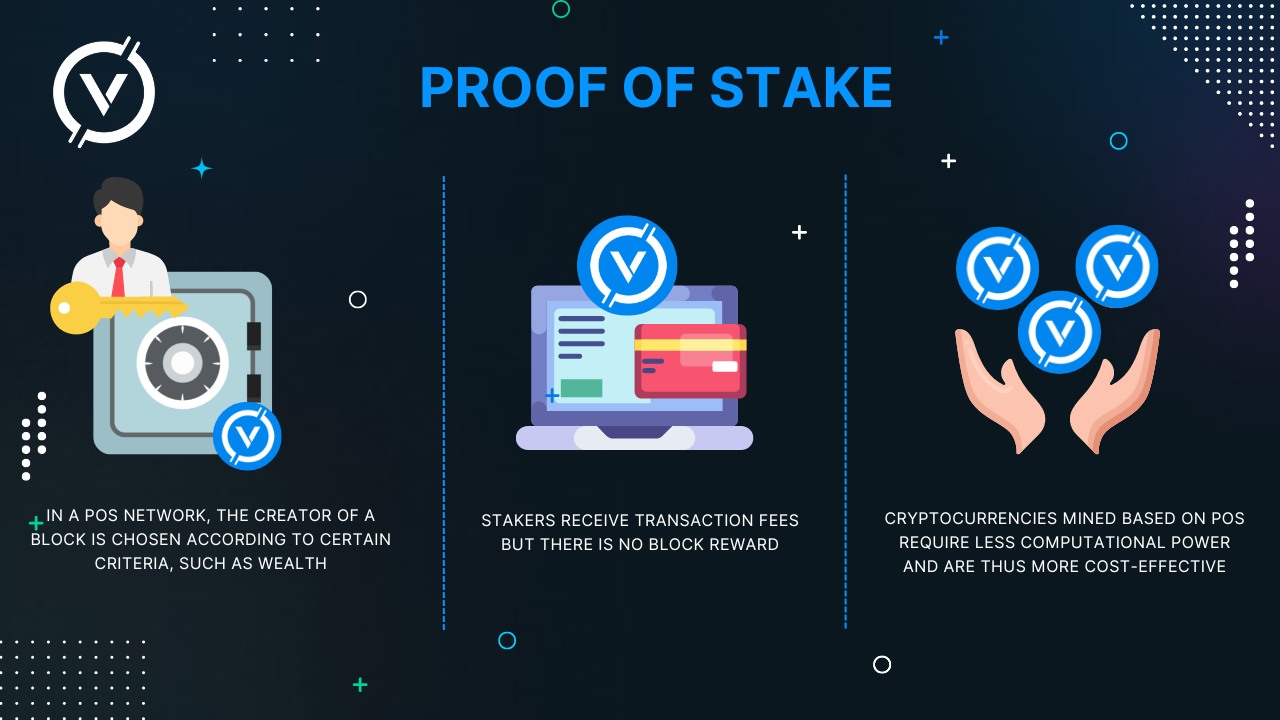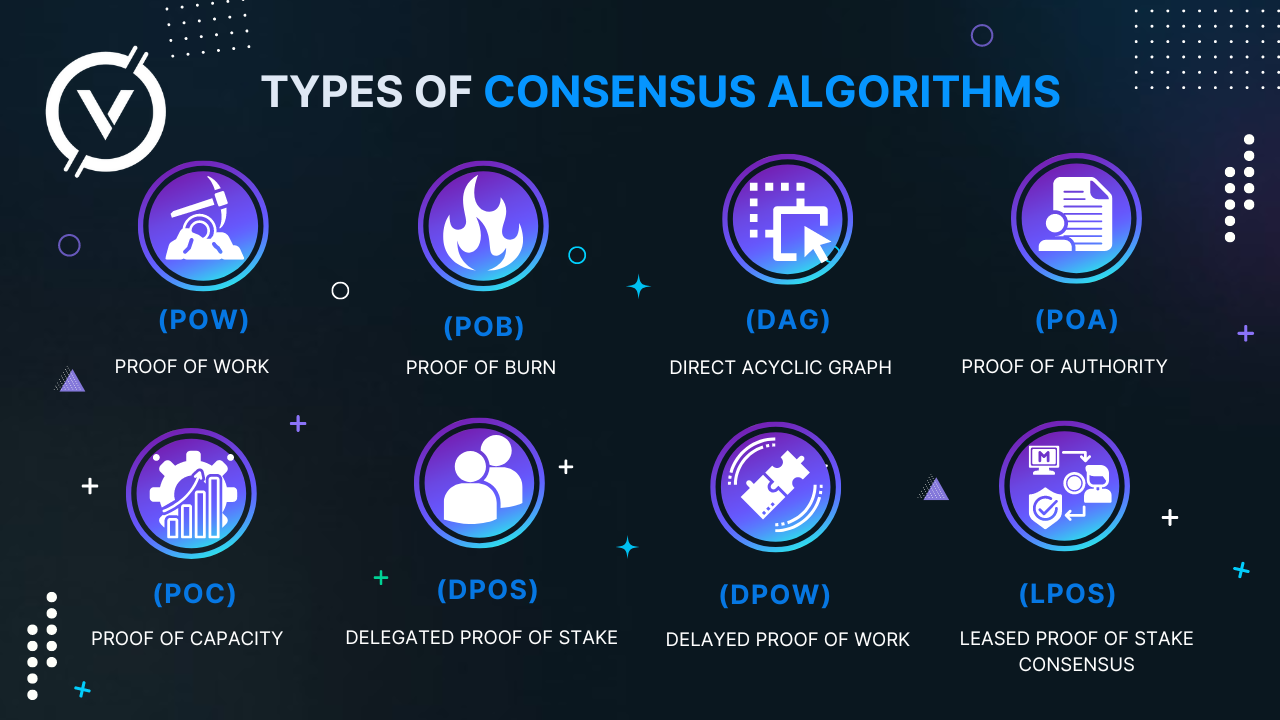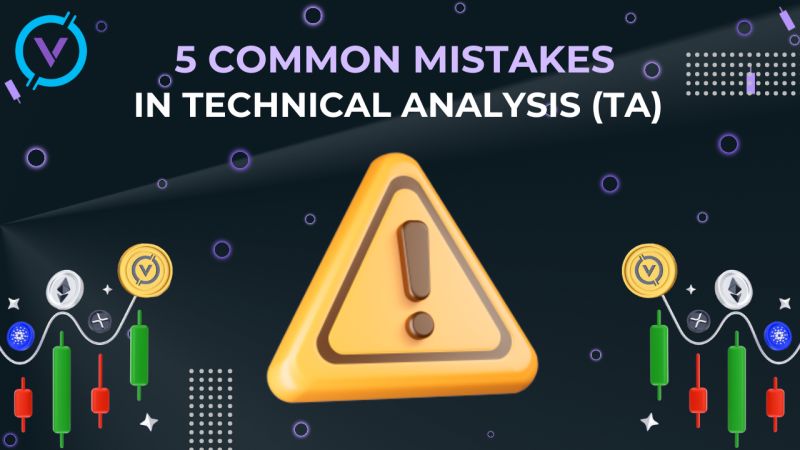The beginning
Nowadays ‘a dime a dozen’ can be connected with talks about a consensus algorithm. A consensus algorithm performs as a common thing for users and instruments. It helps them correlate in a shared position. Better late than never to understand that a consensus algorithm is a must-have when we want to be sure that every single agent of the structure agrees on each source of the truth. It should be correct although some agents can break down. It means that such a structure should have the following feature: fault-tolerant.
Not a single entity ever gets out of control, because it is a system and, moreover, it is a centralized setup. The good news for administrators is that this performs not a governed system for making consensus: changes can be made as easy as a pie.
Easy does it, please! The situation is so controversial if we speak about a decentralized setup, unfortunately. There are a lot of discussions regarding a distributed database and the issues with adding entries. It is almost impossible to agree on which entries should be added to a distributed database.
Please, do not give strangers the benefit of the doubt: it can be inappropriate and dangerous sometimes, especially while speaking about blockchains. Thanks to the article we will be able to understand how consensus algorithms work and why it really makes sense. Hang in there!

Consensus algorithms and cryptocurrency
It's not rocket science that balances of users are kept with the help of databases, the blockchain in other words. One should keep in mind making a copy of these databases. The people who should keep this in mind are called nodes. If you avoid doing this, it definitely leads to getting wrong information and neglecting the aim of the cryptocurrency network.
Make a long story short, we should use public-key cryptography. A public-key cryptography makes spending the coins of other people impossible.
Another issue is the necessity for a variant that you can rely on and answer for sure: were funds spent or not?
Pull yourself together, please: a Proof of Work system was suggested by Satoshi Nakamoto. By the way, it is the creator of Bitcoin. With the help of a Proof of Work it is possible to correlate participants. Let’s have a look at the common features of the many consensus algorithms that exist.
The best of both worlds is the fact that it is required that users who want to attach blocks (in other words validators) give a stake. The stake is a value, which a validator must propose. It prevents them from behaving in an honest way. In other cases, if they are cheaters, they will give the stake away and lose it. They can even lose their reputation. It can be even more dangerous than money in the modern world.
The matter is that a reward is available. The reward is made with the mixture of the protocol’s native cryptocurrency as well as fees paid by other users. In some cases it can be both variants. Transparency should be mentioned, too. It allows us to discover when people cheat and play unfairly. For sure, producing blocks should be very expensive. Only this method will reduce producing blocks. It can also be cheap to validate blocks.
Types of consensus algorithms
The best thing since sliced bread is Proof of Work. It got its first implementation in Bitcoin. Miners hash the information they would like to add until they make an exact solution of this. By the way, miners are also called validators here.
In Proof of Work, the protocol puts situations for the thing that creates a block valid.
For example: the only case when a block will be O.K. is when its hash starts with 00. There can be various endings for each guess until they get the appropriate hash.
In order to compete with other miners, you will need a warehouse and a lot of special hashing hardware. In this situation you will have an opportunity of making a valid block.
A stake is the cost of these mechanisms and the electricity required to do it. Take ASICs as an example. They are made for only one aim. People do not use them beyond the cryptocurrency world. If you want to regain the first investment, please, just mine. It means a marvelous reward if you greatly put a new block to the blockchain.
If the information makes an appropriate hash, it will be welcomed, and people will obtain a reward in any case. If the requirements are not met, unfortunately, the network will neglect it. In the end there will be only a waste of time and costly bills.
Proof of Stake (PoS)
Proof of stake allows stake coins to get the right to check new blocks of transactions and, as a result, put these options to blockchains. This variant was created as an alternative version of proof of work. Let us consider what proof of work is. It should be mentioned that proof of work was the first method of consensus mechanism for cryptocurrencies.
Proof of stake decreases using many energy mining blocks. It lower barriers to entry and reduces hardware requirements, too. Moreover, proof of stake offers big support for shard chains. Proof of stake requires little computation power, so validators can firm the network using their individual machines. Specialized mining hardware becomes useless.
One more important feature is that proof of stake makes decentralization possible. It, in turn, leads to an increasing level of security.
So, a consensus system. A consensus mechanism describes protocols and algorithms that help cryptocurrency function. Such mechanisms are necessary because cryptocurrencies are not centralized. Additionally, they do not have any control of financial systems. Consequently, they need something that can verify all transactions.
Unfortunately, no.

A very significant thing concerning proof of stake is mining power. It depends on the number of coins validators stake. The more coins are staked, the more likely people who stake will be chosen to add new blocks.
Doubtless, proof of stake makes running a node significantly easy. It does not need huge investments in hardware and energy. That is why some people call it ‘eco-friendly’ mechanism (which is a highly important topic nowadays). Besides, users can also join staking pools if they do not possess enough ETH.
Proof of stake and proof of work are similar because proof of stake averts attacks and counterfeit coins with essentially the same mechanism as proof-of-work.
Some other consensus algorithms
Apart from the most useful consensus algorithms, we can name the following (please, look through them, if you’d like):

- Proof of Authority
- Delayed Proof of Work
- Proof of Burn
- Delegated Proof of Stake
- Leased Proof of Stake Consensus
- Hybrid PoW/PoS Consensus
Conclusion
It is very significant to be able to choose a consensus mechanism. A lot of people consider Proof of Work to be the best option in order to let users agree regarding a distributed set of facts.
Consensus algorithms nowadays support both digital money systems and blockchains letting devs fulfill code on a distributed network. Considering all existing consensus algorithms, we can say that Proof of Work performs the main offer. The ball is in your court to search for a new reliable source or let things be the same.
In any case, there are other fish in the sea, please, do not forget!


